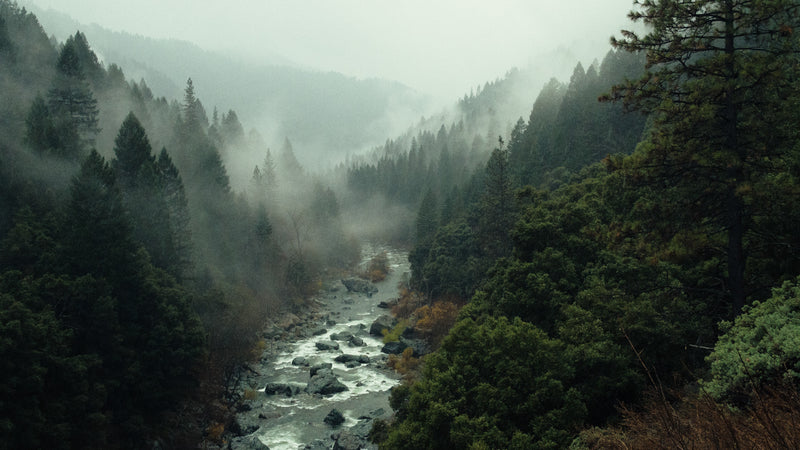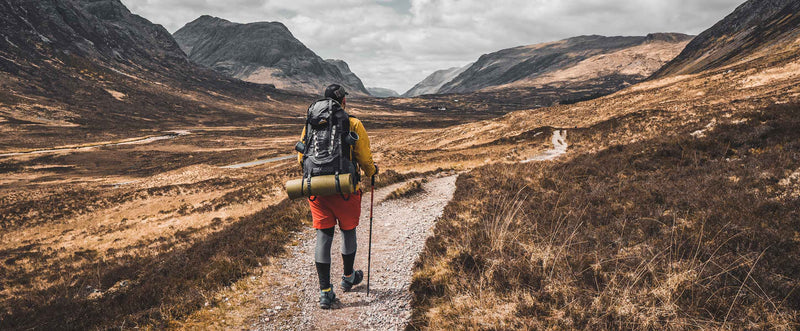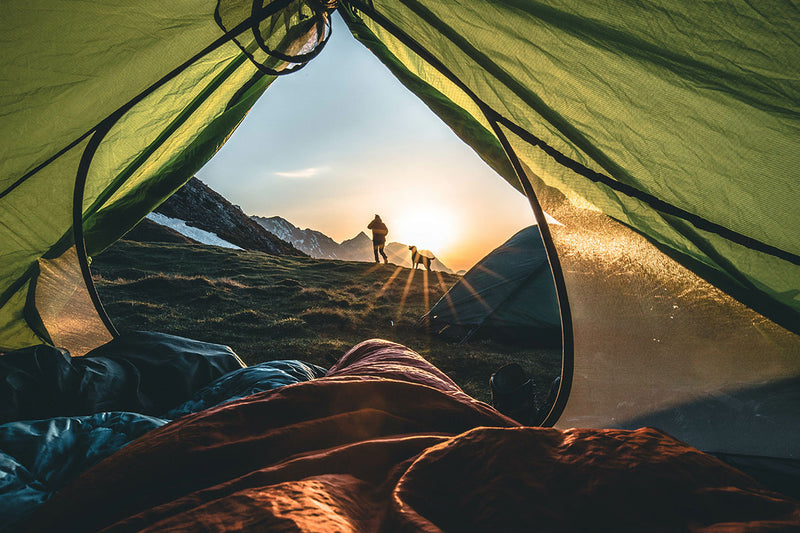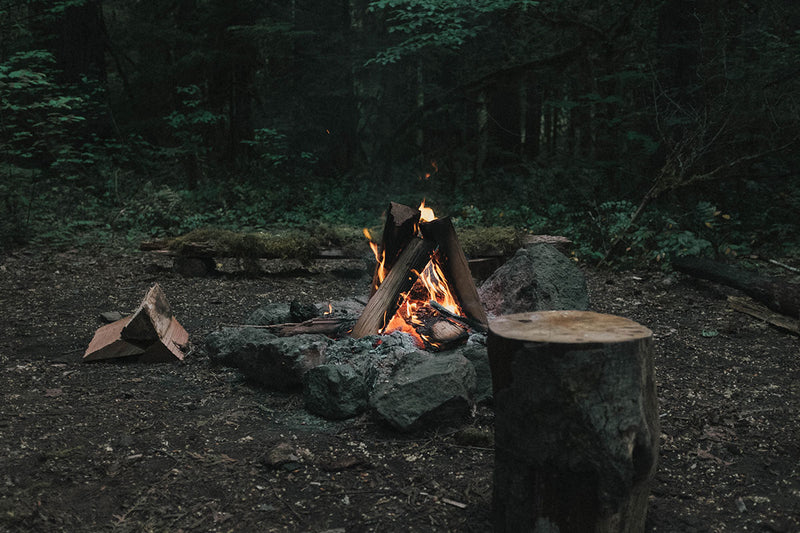7 Essential Leave No Trace Practices
4 min readSkills

Photographer: Pine Watt
As more and more people start venturing into the outdoors, it’s becoming increasingly important for each and every one of us to minimize our impact on this beautiful planet. Just like offensive graffiti on city streets, no one wants to head into nature, only to find evidence of human interference around every corner.
So, what are the leave no trace practices and why should you follow them? After conducting a vast amount of research, the Leave No Trace Center for Outdoor Ethics created seven rules to follow to minimize human impact on the environment. These simple ideas can help you make environmentally friendly decisions when in the outdoors, no matter what activity you love. Let’s take a closer look at the seven practices.
1. Plan ahead and prepare
Different areas have different rules and processes in place to protect the environment, so it is important to know if there are any special regulations you should be following. Things you might need to consider are if pets are allowed, if there are designated camping areas and if campfires are permitted. Think about the waste you may produce during your time outdoors and check how to correctly dispose of it. This includes garbage, food, and human waste.
2. Travel and camp on durable surfaces
If hiking, biking, or running in a popular area, make sure to always stick to the designated trail and avoid walking and camping on any soft terrain like small bushes or marshland.
You should only camp in designated camping spots if they are available, but if there are none, carefully choose durable terrain at least 200 feet from water sources before pitching your tent. This usually means dirt, gravel, or pine needle flooring. Make sure you don’t camp on top of any vegetation and try to limit the size of your area. If you are in a large group, spread out so that you won’t leave such a large impact in one spot.

Photographer: Clarisse Meyer
3. Dispose of waste properly
This is as simple as always packing out what you pack in and includes trash, food, and sometimes human waste. Even if you are in a populated area with garbage bins along the trail, it is always best just to pop your garbage back into your backpack and take it home. Trash left in the bins can not only attract wildlife but is also at risk of overflowing or being blown out and into nature by the wind.
Leftover food scraps and spills, although biodegradable, should still be cleaned up and taken home. Not only does it look bad to other visitors but it attracts wildlife. This includes the contents of your washing up. Dishes should be done away from your campsite and 200 feet from any water sources. Before tipping out your dishwater, strain it and collect the food scraps to be taken home.
If you’re camping in the backcountry, there’s nothing worse than stepping in someone else’s human waste. In most areas, burying your feces in a six to eight-inch hole is acceptable. But going back to practice number one, some protected areas require you to carry this out too, so do your research! Toilet paper is also best packed out but is usually acceptable if buried deep underground.
4. Leave what you find
Don’t take or alter what you see in the outdoors. Whether it’s a historic structure, a beautiful shell beach, or an ancient tree, leave everything as you find it. Although it can be tempting to take a souvenir, if everyone took a shell from that beautiful beach, would it be so beautiful?
Aside from leaving nature to be as pristine as possible for the next visitor, by taking natural elements home, you run the risk of introducing foreign invasive species of insects and diseases into a new area.
5. Minimize campfire impacts and be careful with fire
If campfires are permitted in your chosen place of adventure, only use designated fire pits or rings where available. Follow these fire safety practices to keep your fire under control at all times and make sure to extinguish your fire properly.
After burning your coals down to ashes, collect them in a bag and take them home. The Wolf and Grizzly® Fire Safe makes this super easy thanks to its removable insert. Plus the design helps raise the fire off the ground, preventing any trace of your fire from being left behind. If you don’t already have one, it’s definitely something you should add to your arsenal!
6. Respect the wildlife
Wildlife is just that, wild. Animals found in the outdoors should be appreciated from a distance but left alone. Don’t feed, touch, or attract any animals you encounter in the outdoors. This also means not leaving behind any traces of food or garbage that could potentially trap or kill our furry friends.

Photographer: Diane Helentjaris
7. Be considerate of other visitors
When you arrive in a beautiful forest or hike to the top of a dramatic peak, you don’t want to see evidence of human destruction in the great outdoors, and neither does anyone else. If you are already following the other six principles on this list, this shouldn’t really be an issue.
Being considerate also includes helping others to follow the seven leave no trace practices. Walk in single file to avoid the need to head off the track when encountering other hikers or bikers, and always allow the uphill traveler to pass first. Large groups should be aware of their noise level and playing music out loud is a no-go.
By following these seven leave no trace practices you can help to keep the environment as pristine as possible so it can be enjoyed for generations to come. It’s up to everyone to do their part in order to preserve the natural beauty of the outdoors that we love so much.

HOW TO START A FIRE IN ALL WEATHER CONDITIONS

Picanha Tacos With Avocado Salsa

Baigan Choka and Grilled Herb Flatbread

How to Pack Clothes Like a Pro for Your Next Backpacking Camping Trip

Camping Trip Checklist: How To Pack The Right Way

How To Build A Crackling Campfire

6 Fire Safety Tips Every Camper Should Practice


